Life in the Trenches, History.com
Older Communication
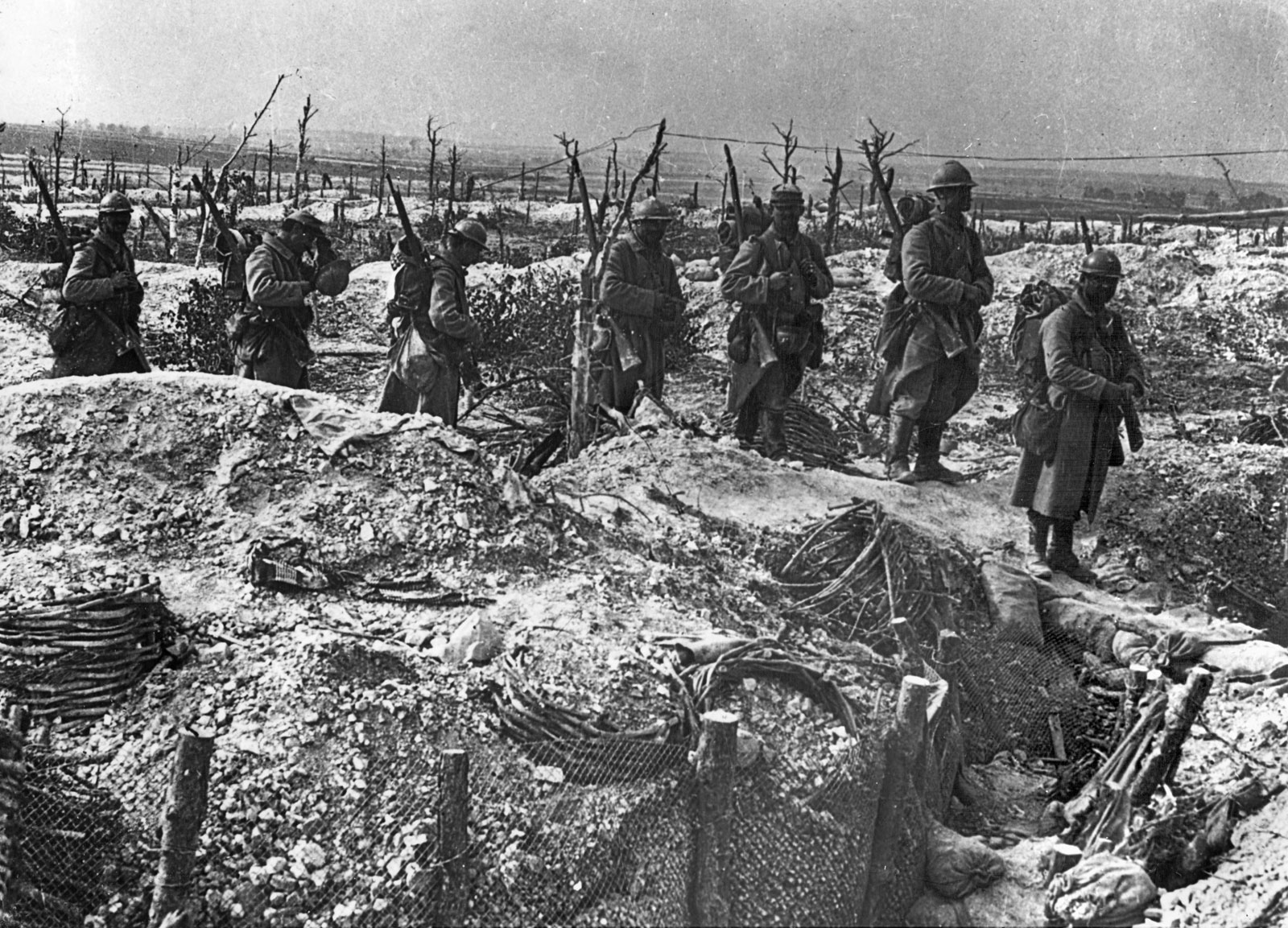
French Soldiers at the 1st Battle of Marne, Britannica.com.
Conditions in the trenches were harsh and sickening, but communicating was nearly impossible.
Nearly 20,000 dogs and pigeons with 370 handlers served during WWI; however, soldiers often carried messages for the dogs out of love for them.
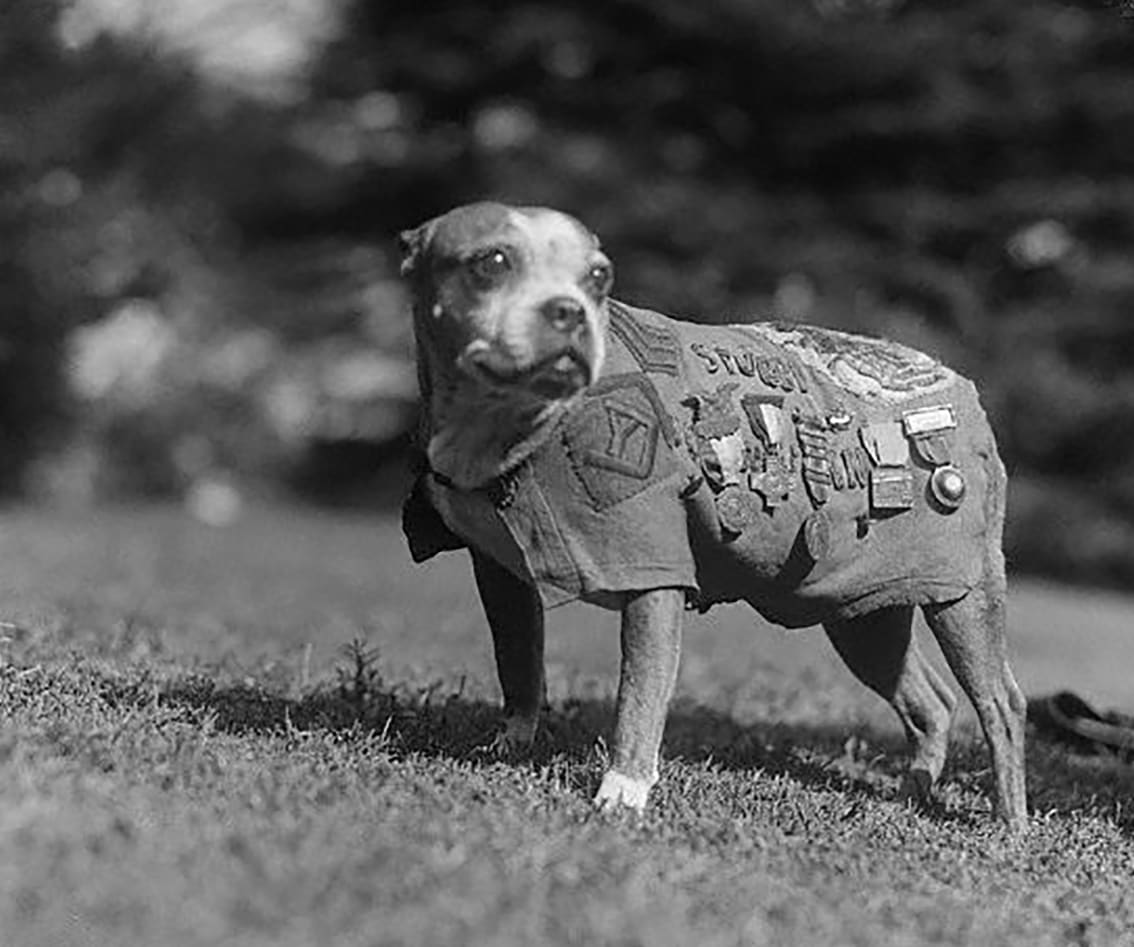
Sergeant Stubby, History.
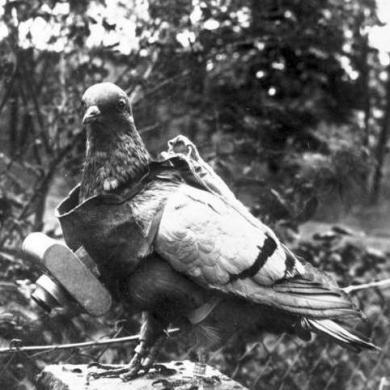
Pigeon Carrying a Miniature Camera, WW100.
Pigeons could only travel at about 50 mph, and the information was usually outdated by the time it arrived.
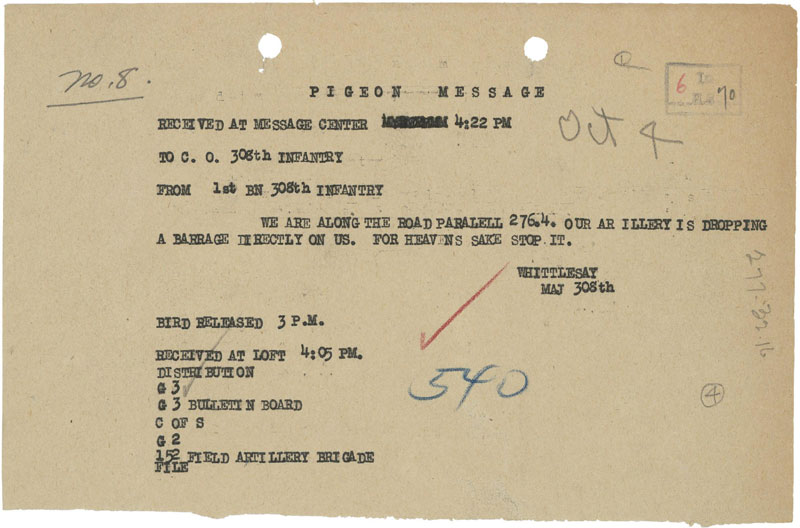
Pigeon Message from Capt. Whittlesey to the Commanding Officer of the 308th Infantry, October 4, 1918, The National Archives.
Runners were athletic soldiers that carried messages and adjusted to their circumstances but were often shot down due to their large size and slow speed.
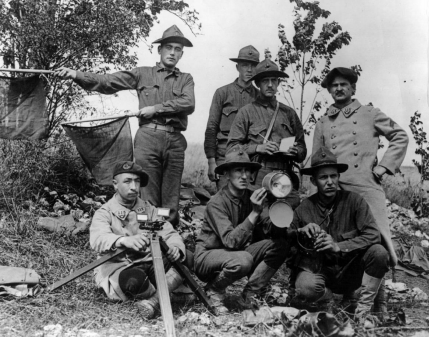
Visual Signaling Team On Hill, United States Marine Corps Museum
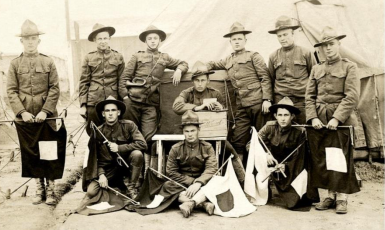
Visual Signaling Troops, United States Marine Corps Museum.
Visual signalling was the most efficient way soldiers communicated, but sending messages in real time required a trained professional; flags and lamps could only be used at certain times of day, and heliographs were not very portable. Additionally, they could easily be seen from enemy lines.
According to History.com, historian Paul Fussel stated, “A front’line trench located 50 yards to a mile from its enemy counterpart…”
~(Fussel 2020, 1)

Bird's Eye View of the Trenches, DailyMail.com